You want to see results, right? In order to reach the goals you’ve set for yourself—whether it’s to get fit or feel happy—it’s important to incorporate long-lasting lifestyle changes. And since the old adage holds true—you are what you eat—being truly healthy (and happy) depends entirely on what you put in your engine.
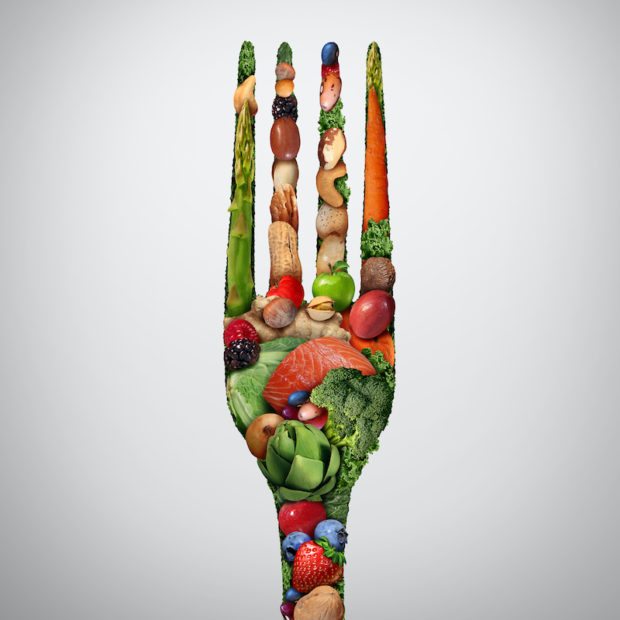
In this article, we’ll share the real truth on proteins, carbs and fats and review the best ratios of each for weight loss.
Nutrition Basics
First off, let’s take the word “diet” out of our vocabulary. Replace it with “nutrition plan.” Your nutrition plan fuels you throughout the day and gets you through all those challenging Gymondo workouts you’ve been doing! If you’re eating nutritiously, you’ll see massive improvements in your energy and performance—at work and at the gym.
Here are some quick nutrition 101 tips focused on macros. Essential nutrients that must come from a balanced nutrition plan include:
Proteins
Fats
Carbohydrates
Let’s break ‘em down!
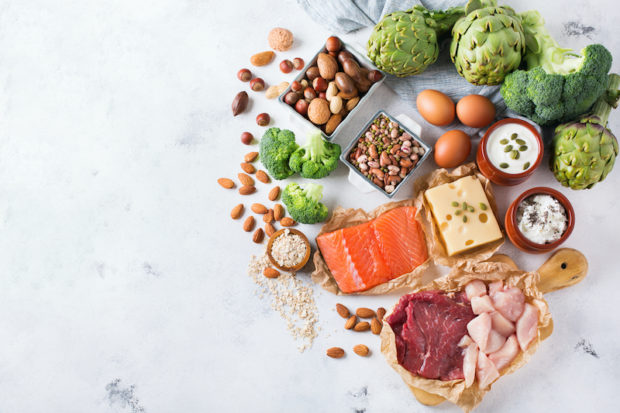
Proteins
Your body needs protein, especially after a tough workout. Without protein consumption following a good sweat, you won’t reap the benefits of a job well done and your muscles will miss out on that primetime rebuilding process.
Healthy sources of proteins include the following:
Beef
Chicken
Pork
Fish
Shellfish
Eggs
Tofu
Legumes
Chickpeas
Quinoa
Greek Yogurt
Beware: many animal proteins contain high amounts of saturated fat (unhealthy fat) and should be consumed in moderation.
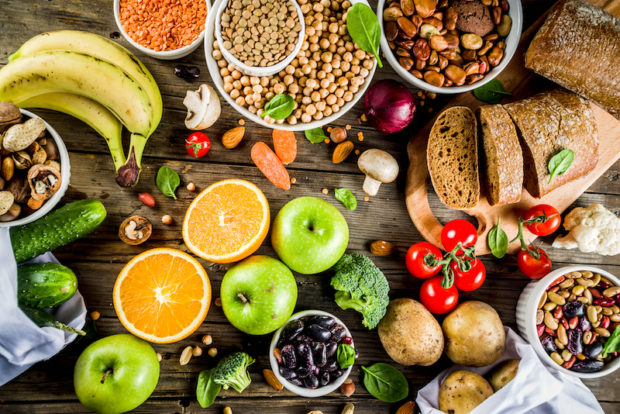
Carbohydrates
Contrary to popular belief, you need carbohydrates. We’re not talking about sweet cereals, french fries or white rice—even though the occasional indulgence won’t hurt. Instead, we’re referring to those complex carbs—peas, beans, whole grains and plenty of fruit and vegetables.
Carbs are our main source of energy and without them, you’ll run out of gas quickly! This is the main reason why low- and no-carb fad diets like the keto diet and Atkins simply don’t work. We’ll get to that in a later article.
But for now, here’s a list of healthy sources of carbs you can consume without feeling guilty:
Fruits
Vegetables
Legumes
Brown rice
100% whole-grain bread
100% whole-wheat pasta
Sweet potatoes
One of the main reasons carbs get a bad rap is because many of them are processed. Sugary drinks, white bread and baked goods are filled with preservatives and sugar, which go straight to your fat stores. And while they taste divine, proceed with caution—eat them in moderation.
Ideally, fill up with leafy green vegetables and add some starchy carbs, like sweet potatoes, whole-wheat pasta and brown rice.
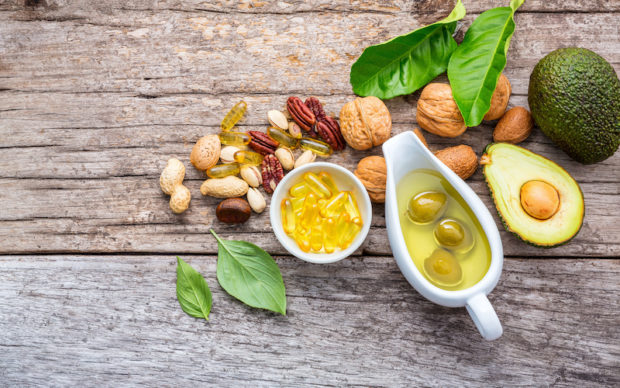
Fats
I’m about to drop the F-bomb—fat. If we believe the hype that fat is bad (along with carbs) we’d have a pretty boring (and bland) nutrition plan. One of the biggest misconceptions is that fat-free food is good. Well, guess what? It’s not!
Dozens of studies indicate that sugar alone is significantly tied to packing on pounds. So beware of low-fat items at the grocery store. Most ready-to-eat items in the “low-fat” category are replaced with sugar and a lot of additives you can’t even pronounce. Take any common low-fat cereal, granola bar or yogurt and check the nutrition label—they’re all high in sugar (and usually preservatives) despite being low in fat.
According to Aaron Carroll, professor of pediatrics at the Indiana University School of Medicine, “fat consumption does not cause weight gain.” The proof is in the pudding—quite literally. Sugar is the problem and leads to significant weight gain!
Good Versus Bad Fat
Whether fat is bad depends on its source. There are two types of fat—saturated and unsaturated. While there is much debate, saturated fats are typically considered to be bad. They’re the ones that are solid at room temperature and are associated with animal byproducts—think butter and cheese. It’s ok to eat them—just eat them in moderation.
On the other hand, unsaturated fats are considered to be the healthier choice. These fats are typically liquid at room temperature—think olive oil. Believe it or not, some unsaturated fats actually help lower your blood cholesterol and reduce the risk of heart disease.
Healthy sources of fat include:
Plant-based oils (olive oil, coconut oil)
Butter or ghee
Avocado
Fish
Nuts
Seeds
A Balanced Plate
So, how do we figure out how much protein, carbs and fat we need in our nutrition plan? The easiest way is to grab a plate out of your cupboard and divide it into fourths. One-fourth of your plate should include a lean source of protein. Two-fourths of your plate should include leafy green vegetables. The final one-fourth of your plate should be divided between a starchy carb (potatoes, pasta, sweet potato mash, etc.) and yep, you guessed it, more green leafy vegetables. Add in a sliver of fat (avocado, nuts, olive oil, etc.) and you’re good to go. Take a look at the examples below. Maybe they’ll give you some inspiration!
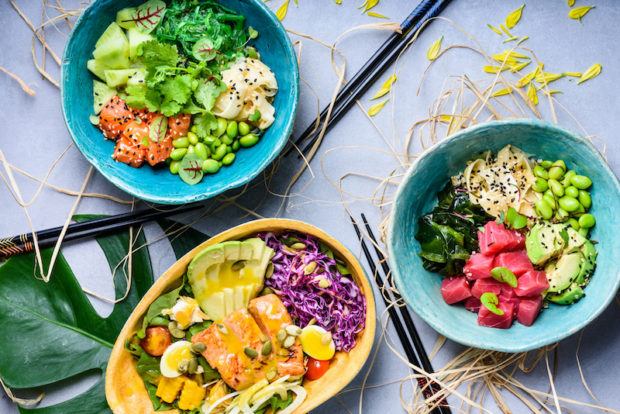
Take part in our 12-week challenge. Snap a pic of your balanced meal and tag us on Instagram—@gymondo_official. Winners receive weekly prizes and the chance to take home €2000!
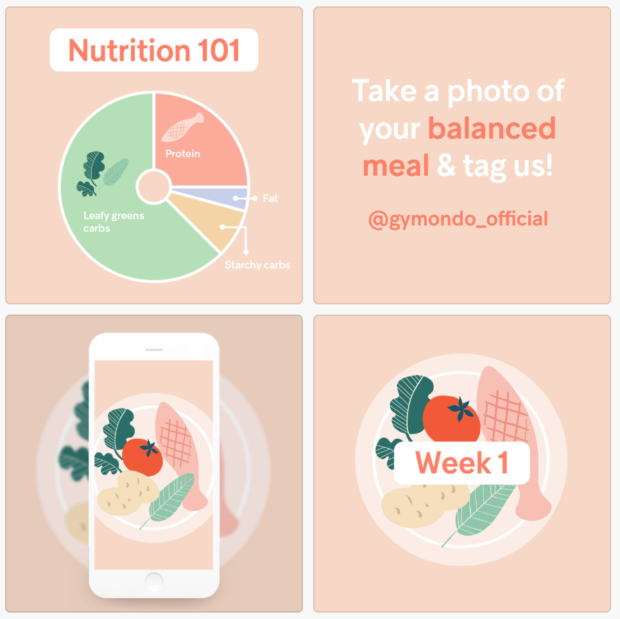
Now, it’s Time to Go Shopping
Before you head off to the grocery store, create a list to ensure you don’t waste your time and buy things you don’t need. If you need some help, head to your Gymondo app, where you can add delicious recipes to your shopping list and tick off the ingredients as you go— even offline!
But make sure you avoid going when you’re hungry! If you’re anything like me, you’ll end up making poor decisions when you’re stomach starts growling around aisle 3!
And remember, it’s important to get the most of your nutrients from whole, unprocessed foods. Read the ingredients label to ensure the majority of the foods you choose are free of additives and artificial flavoring (and coloring).
Last but not least, your shopping list should be broken down into three macronutrient categories—protein, carbs and fat.
Pro Tip: Keep your pantry stocked with a variety of spices. Herbs and spices can make the difference between a spectacular meal and one that’s just…blah!
It’s Your Time to Shine
Now you’re well on your way to incorporating long-lasting lifestyle changes to get the results you want! Need an extra push? Download the Gymondo app to incorporate delicious recipes into your daily nutrition plan. Good luck on your transformational journey. We’re here for you!



 (average: 3.67 out of 5)
(average: 3.67 out of 5)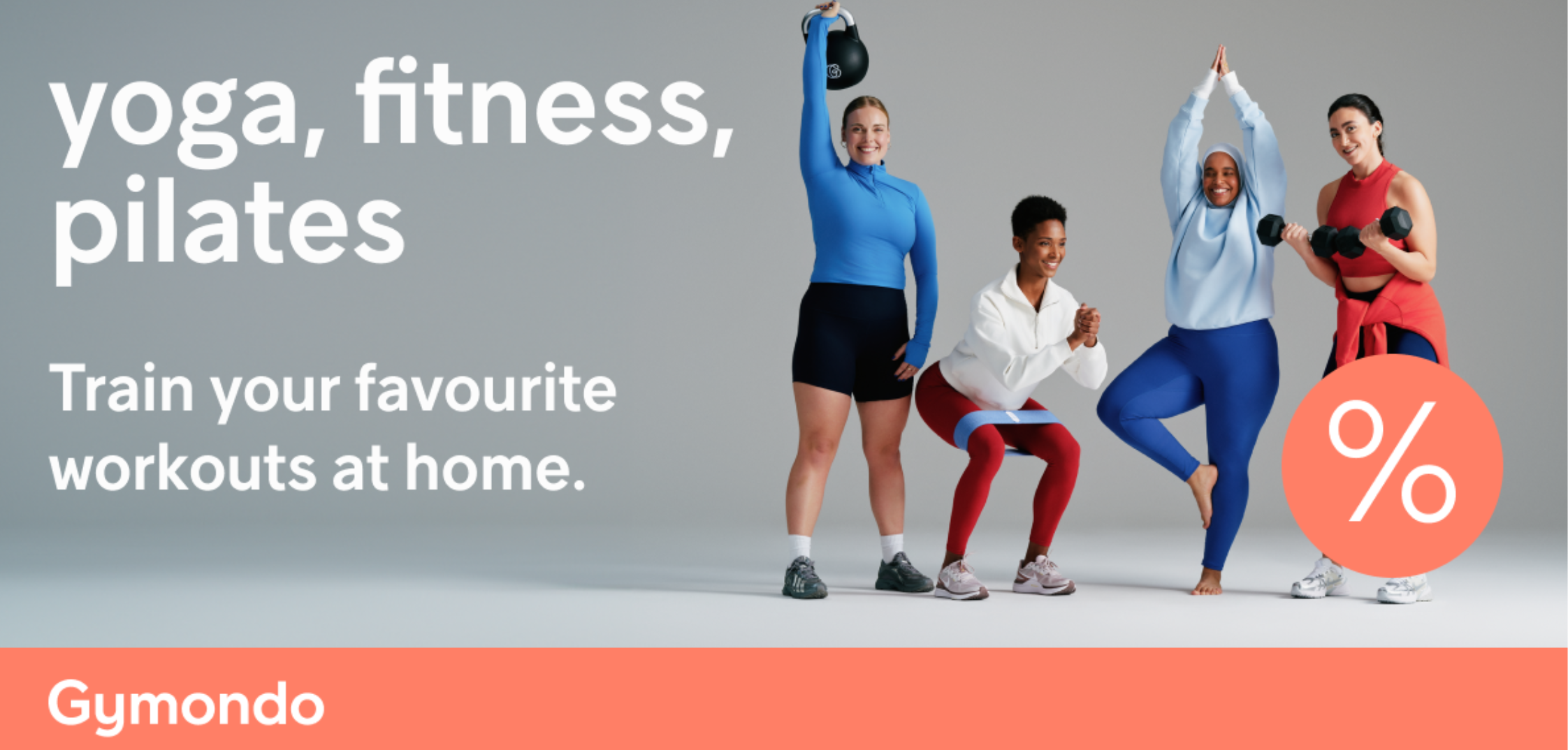
Kommentar schreiben